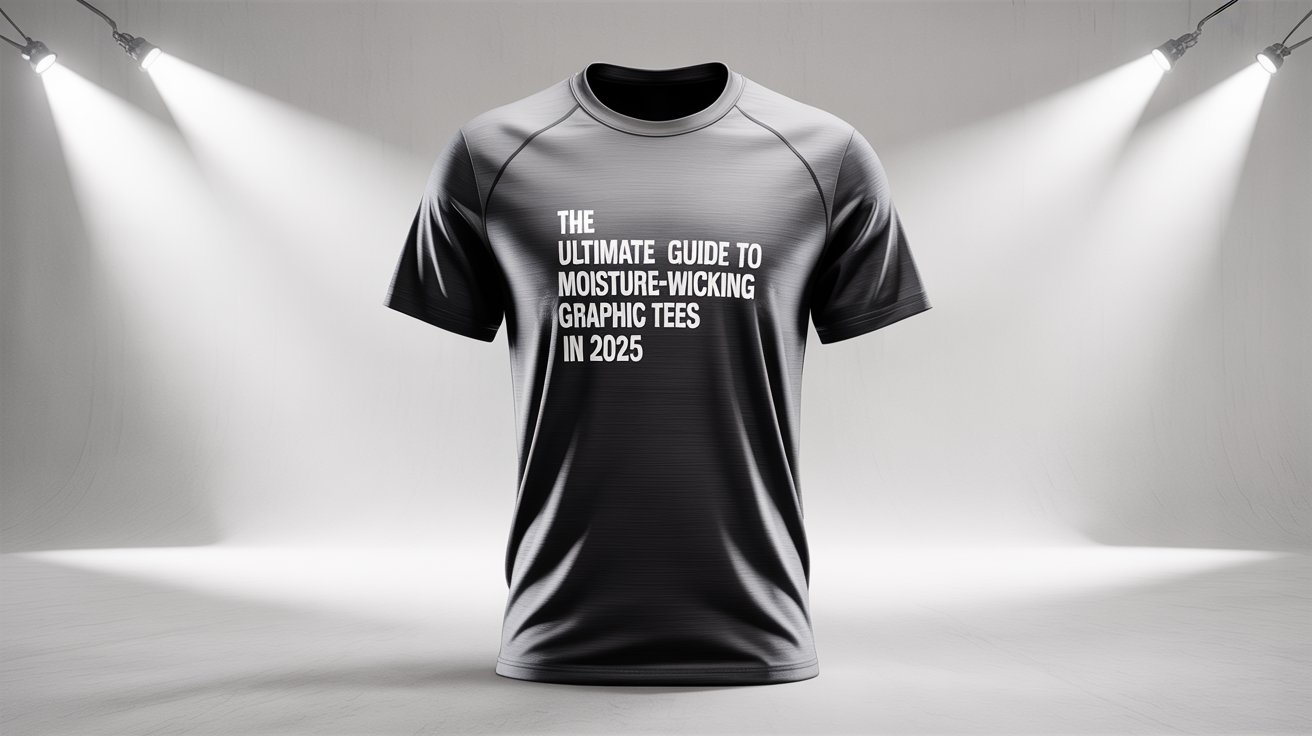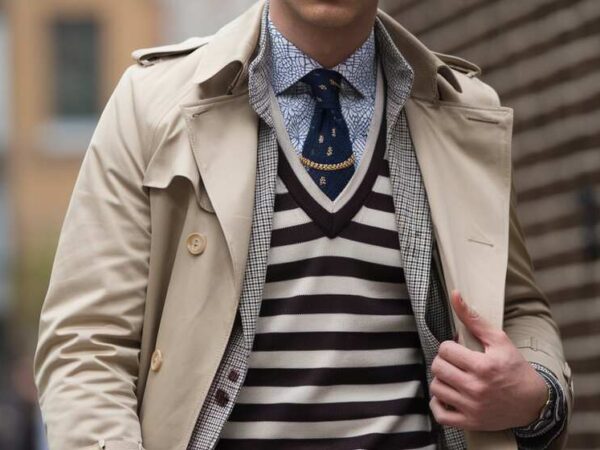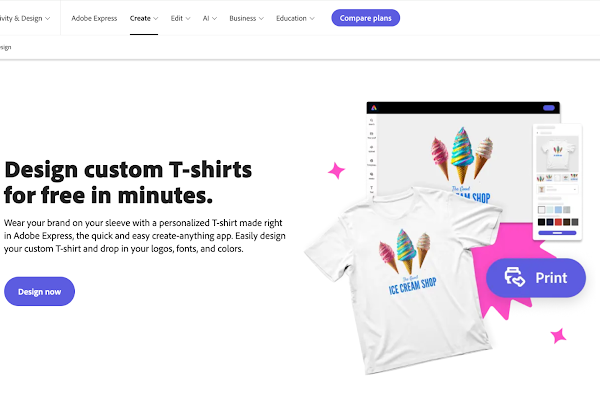The Ultimate Guide to Moisture-Wicking Graphic Tees in 2025: Style, Technology, and Top Picks

Moisture-wicking graphic tees have quickly become one of the most popular choices for people who want style and performance in the same package. Whether you’re hitting the gym, going for a run, or simply looking for a shirt that keeps you cool and dry throughout the day, these shirts combine innovative fabric technology with modern design. In 2025, they’re not just performance wear — they’ve entered the mainstream fashion space while still maintaining their technical edge. This article dives deep into what makes them unique, how they work, the best materials and printing methods, and what you should look for when buying your next one.
What Is Moisture-Wicking and How Does It Work?
Moisture-wicking refers to a fabric’s ability to draw sweat away from the body and spread it across the outer surface where it can evaporate quickly. This process keeps you drier, reduces that clammy feeling, and helps regulate body temperature during physical activity.
The science behind it comes down to fiber construction and fabric engineering. Polyester, one of the most common materials for moisture-wicking graphic tees, has hydrophobic properties, meaning it repels water. When woven or knitted in a certain way, the fibers create tiny channels that pull sweat away through capillary action. Unlike cotton, which absorbs and holds onto moisture, polyester doesn’t retain sweat, making it dry much faster.
Blended fabrics, like polyester-spandex or polyester-nylon, often enhance this effect by adding stretch, better fit, and durability. Some advanced tees even have hydrophilic treatments on the inside (to absorb and move sweat) and hydrophobic finishes on the outside (to push it away for faster drying).
Materials Used in Moisture-Wicking Graphic Tees
Choosing the right fabric is key when it comes to performance and comfort. Let’s break down the most popular options available in 2025.
Polyester
Polyester remains the king of moisture-wicking fabrics. It’s lightweight, durable, and dries faster than almost any other textile. Polyester tees are also perfect for sublimation printing, which means vibrant graphics that don’t fade or crack. The only drawback? Polyester can sometimes retain odor, which is why many brands now apply antimicrobial or odor-control finishes.
Merino Wool
Merino wool may surprise some people, but it’s highly effective at regulating temperature and controlling odor naturally. While it doesn’t dry as quickly as polyester, merino fibers absorb moisture vapor and keep you feeling dry. It’s also softer and less itchy than traditional wool. Many brands blend merino with polyester to combine odor resistance with fast drying.
Blends & Recycled Materials
Blends like polyester-spandex offer both performance and comfort. Spandex adds stretch, making the tee move naturally with your body. Meanwhile, recycled polyester has become a big trend in 2025, giving eco-conscious buyers the option of sustainable activewear without sacrificing performance.
Printing Methods for Graphic Tees Without Killing Performance
One of the biggest challenges with moisture-wicking graphic tees is applying designs without ruining the fabric’s breathability. Traditional thick ink prints can block the wicking channels, trapping sweat and heat. Here are the most effective methods used today.
Sublimation Printing
Sublimation is the best option for polyester-based tees. It uses heat to transfer dye directly into the fibers, resulting in lightweight, breathable designs that never crack or peel. It’s ideal for all-over prints and highly detailed graphics. However, sublimation only works on polyester or high-polyester blends.
Screen Printing
Screen printing is still widely used for graphic tees, but it requires special adjustments for polyester fabrics. Standard plastisol inks may cause dye migration (where the shirt’s color bleeds into the print). To avoid this, manufacturers use low-bleed inks, underbases, and lower curing temperatures. When done right, screen printing delivers bold designs without ruining the shirt’s moisture-wicking performance.
Heat Transfers and DTF (Direct-to-Film)
Heat transfer and DTF prints offer versatility and are popular for smaller production runs. They can create vivid designs, but they risk creating heavy patches on the shirt if not applied carefully. The key is to use lightweight films and breathable transfer methods to maintain comfort.
Odor Control and Freshness Technologies
One of the biggest drawbacks of polyester-based shirts is odor retention. To combat this, many brands in 2025 are using advanced odor-control technologies.
- Silver-ion treatments (e.g., Polygiene): These prevent the growth of odor-causing bacteria, keeping the shirt fresher for longer.
- Merino wool’s natural properties: Merino doesn’t trap odors as synthetics do, making it an excellent choice for long trips or multi-day wear.
- Hybrid approaches: Some shirts combine synthetic moisture-wicking with antimicrobial finishes for the best of both worlds.
Fit, Comfort, and Construction
While fabric and printing get most of the attention, the way a tee is constructed also matters.
- Fabric weight: Lightweight tees (around 120–150 gsm) are best for hot climates and intense workouts, while midweight options (160–200 gsm) work better for cooler environments or casual wear.
- Seam design: Flatlock seams reduce chafing, which is especially important during high-movement activities.
- Tagless labels: These increase comfort, particularly during workouts where irritation is common.
- Stretch factor: A little spandex or elastane improves range of motion and ensures the shirt doesn’t lose shape after repeated washes.
2025 Trends in Moisture-Wicking Graphic Tees
The moisture-wicking graphic tee market has expanded beyond athletes. In 2025, several trends are shaping consumer preferences:
- Eco-conscious choices: Recycled polyester and organic cotton blends with performance finishes are in high demand.
- Athleisure crossover: More people want tees that look stylish enough for casual wear while still performing in the gym.
- Bold graphics with tech fabrics: Thanks to sublimation, brands can now create vibrant, photo-quality prints that don’t compromise performance.
- Odor-resistant staples: Shirts with built-in antimicrobial technology are no longer niche—they’re becoming the norm.
How to Choose the Right Moisture-Wicking Graphic Tee
If you’re in the market for moisture-wicking graphic tees in 2025, here’s what to consider:
- Activity type: Runners and gym-goers will benefit from lightweight polyester sublimation tees, while travelers may prefer merino blends for odor resistance.
- Fabric content: Look for polyester percentages above 85% if you want fast drying. If odor control is a priority, try a blend.
- Printing method: For vibrant graphics, sublimation is best. For bold logos or team designs, properly managed screen printing works.
- Fit and stretch: Choose a tee with added spandex if you want more flexibility and a snug fit.
- Care instructions: Wash in cold water, avoid fabric softeners, and dry on low to preserve performance and graphics.
Common Pitfalls and How to Avoid Them
Even the best moisture-wicking graphic tees can underperform if not chosen carefully.
- Heavy ink deposits: Large plastisol prints can block wicking channels, making the shirt feel hot and sweaty.
- Dye migration: Polyester is notorious for bleeding colors into prints if not cured properly. Look for tees with anti-bleed coatings or specialized inks.
- Odor buildup: If you sweat heavily, avoid untreated polyester tees. Opt for antimicrobial finishes or merino blends.
- Improper care: High heat drying can damage synthetic fibers and cause prints to crack. Stick to low heat or air drying.
Final Thoughts
Moisture-wicking graphic tees in 2025 are no longer just for athletes—they’re versatile, stylish, and packed with advanced fabric technologies. Whether you prefer the vibrant, lightweight appeal of sublimated polyester or the natural odor control of merino blends, there’s a shirt out there for everyone. With the right balance of fabric, print method, and fit, you can enjoy a tee that keeps you dry, comfortable, and looking good all day long.
If you’re shopping this year, prioritize recycled materials for sustainability, antimicrobial finishes for freshness, and sublimation prints for durability. With so many innovations in performance apparel, moisture-wicking graphic tees are only going to get better.
Do Read: Fashionisk .com: Explore Trends, Style Guides & Sustainable Fashion




